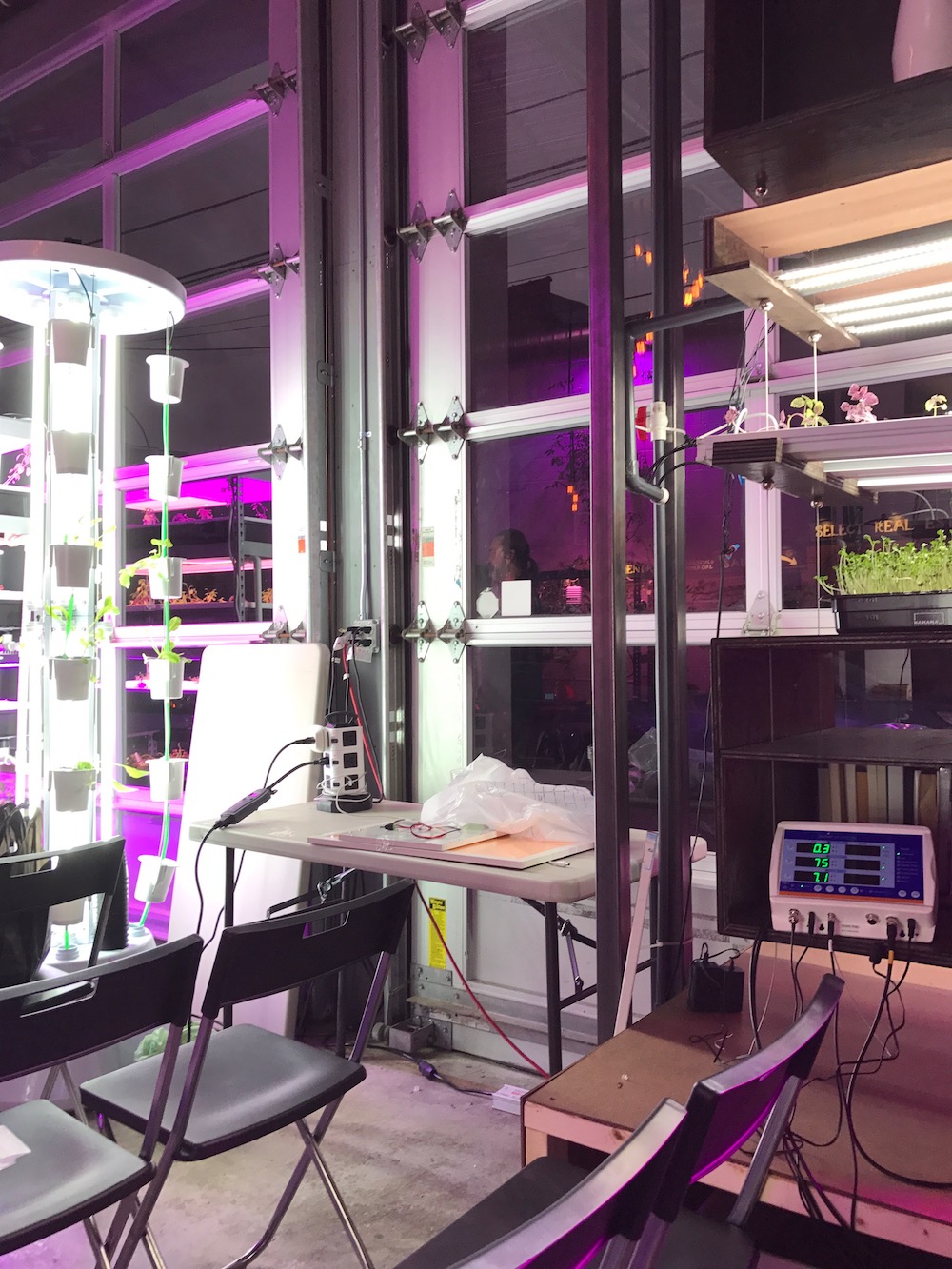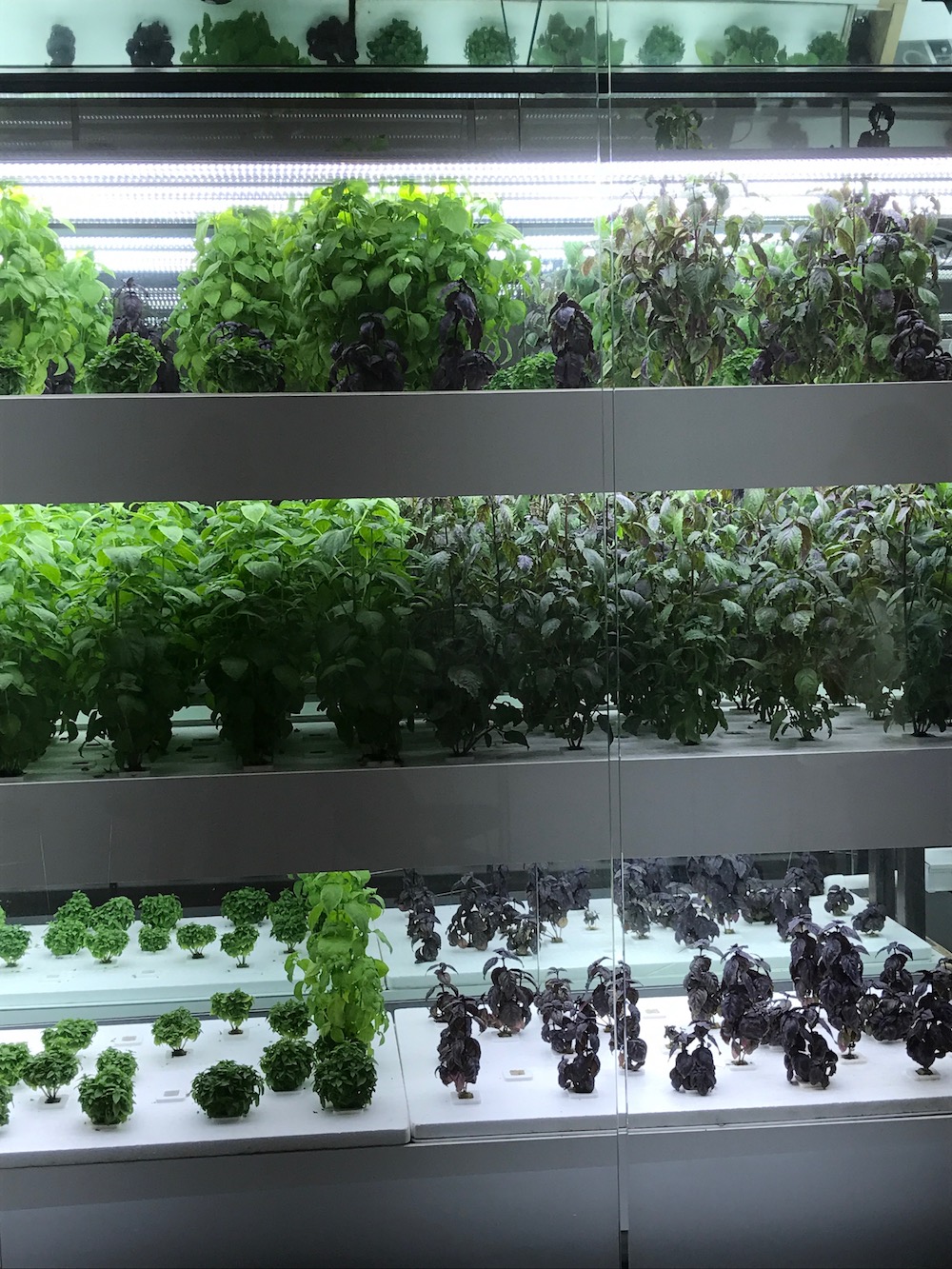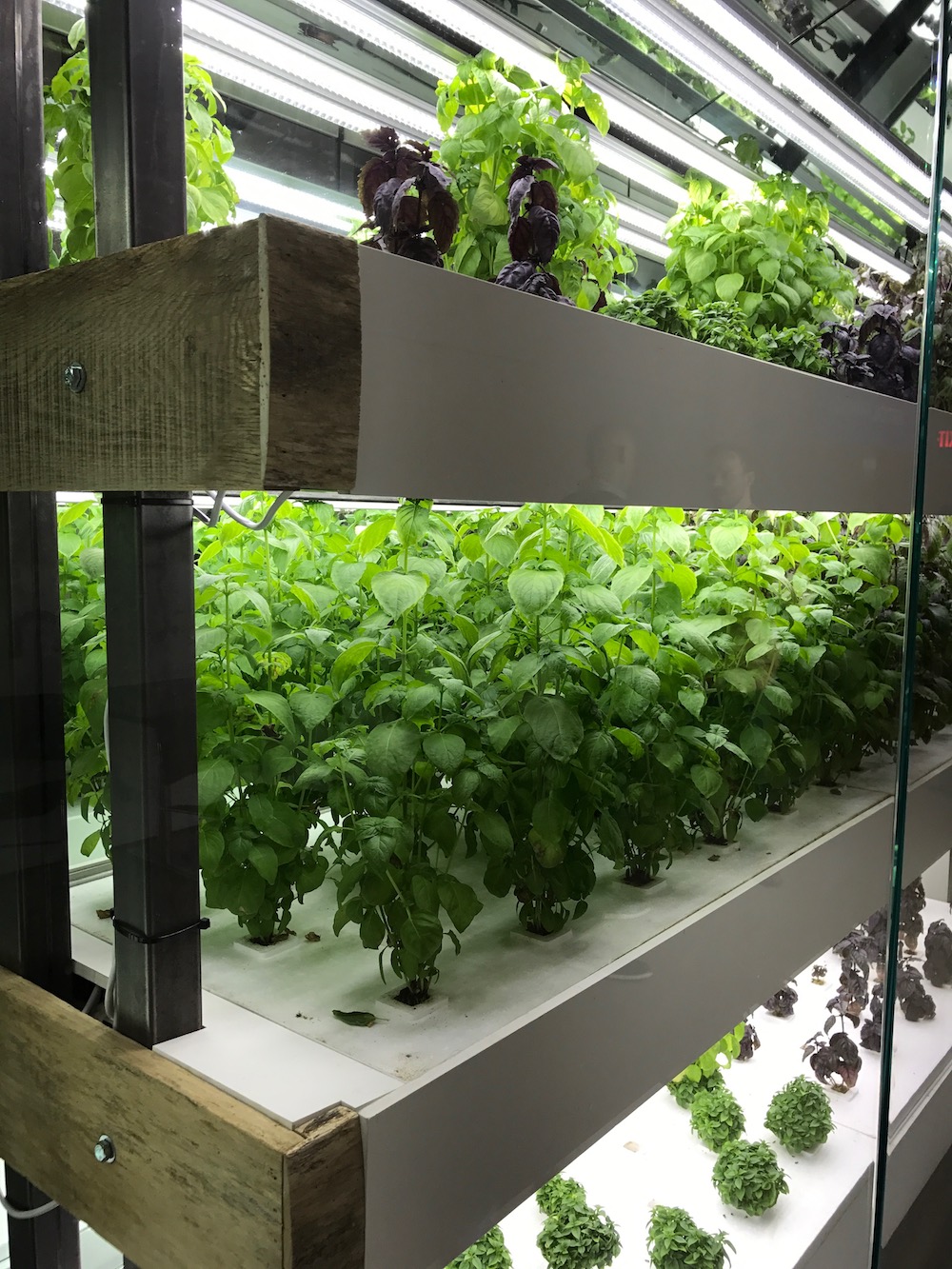Oct 3, 2017
Highlights from NYC AgTech Week 2017
CONTENT SOURCED FROM TECHNICAL.LY/BROOKLYN
How can we grow more food in cities?
That was the seemingly simple question tackled by innovators, developers, investors and thought-leaders in New York last week. And the proposed answers were anything but simple.
Over the course of NYC Agtech Week, attendees from across the globe had the opportunity to attend workshops, learn about investment strategy and share in local food and spirits. There were hands-on experiences with everything from hyper-controlled, in-home grow setups to the sun and soil of area community gardens.
“Six and a half years ago I was just a kid with a blog who was passionate,” said Henry Gordon Smith, founder and managing director of Agritecture Consulting and organizer of the event. “I’m thrilled about the rate of acceleration. Our first year we had seven events; this year we had 31 events and we sold out. We’re focusing on not just talking about urban agriculture, but doing it.”
Conversations during the third-annual agtech week focused on a handful of fundamental questions: What is urban agriculture? Why is interest growing rapidly right now? How can I get involved? The event was hosted by the New York City Agriculture Technology Collective.

NYC Agtech Week 2017. (Photo by Nina Sparling)
Defining urban agriculture and articulating why it matters flowed through many of the presentations and conversations over the course of the week.
In a workshop during Agtech Demo Day, the group offered a handful of impressions about why urban agriculture is hot right now: Density in urban areas, an increased demand for local fresh food, concerns about climate change and, as Diane Hatz, the founder and executive director of Change Food put it, “The food system is broken, and corporate industrial food sucks.”
Among the guests were several young entrepreneurs looking to turn ideas into realities. Most of the businesses in the agtech space are venture capital funded, and one panel at the Agritecture Consulting offices featured Andrew Shearer, the founder and CEO of Farmshelf, and Tinia Pina, the founder and CEO of Re-nuble. They addressed strategies for finding investors and building a business from the ground up. “Have a hit list and ask people that know people,” said Shearer. “It’s all networking — a lot of it is pounding the pavement. Fundraising is like dating.”
The tone was straightforward: be transparent, be reliable, and practice your pitch.

NYC Agtech Week 2017. (Photo by Nina Sparling)
The events vibrated with energy and momentum towards building a better food system.
Product designers and farm operators celebrated to how the industry has exploded of late, with Brooklyn leading the way in innovation. “Overall, it’s exciting to see how everything evolves: this event has exploded every year since the beginning,” said Marco Tidona from Heidelberg, Germany, who designed Aponix, a modular vertical farm that accommodates both soil-based and soil-less grow systems. “[Vertical farming] is further developed in New York City than in Europe,” Tidona said. “People are becoming aware — they would rather pay for a safe, clean product.”
I met Tidona at the Locavore Feast, organized by Our Name is Farm, a digital and experiential marketing company for the food system. The evening provided the opportunity for event-goers to network, but also to taste the food produced by New York’s high-tech farmers. A vibrant salad featured greens from Bowery Farms; Edenworks provided microgreens; Catskills Distillery brought their spirits (including a white whiskey, which is code for moonshine); and the kombucha featured local basil.
Several people had come to the Locavore Feast to learn about the what urban and vertical farming means, looking to get involved in one way or another. “I would love to work in the industry,” said Bronwen Blaney, who won tickets to attend the Locavore Feast and jumped at the opportunity to network with industry leaders. “Be it urban farming or vertical farming, there are so many different ways to approach it. I’m just trying to figure out my way in. So far, it’s full of great people and good food.”

NYC Agtech Week 2017. (Photo by Nina Sparling)
Among the curious observers and invested developers were a handful of people focused on building vertical farming into political and legislative futures.
Mayoral candidate Mike Tolkin — whose campaign is designed around privatizing much of city government — made an appearance at Agtech Demo Day. “Vertical farming is a source of future economic growth that is important for sustainability,” he said in our conversation. “It’s a thrilling integration of private development with public support. We should elevate vertical farming to a new level; everyone eats, it’s crazy that we don’t talk more about this issue.”
And while New York may be a hotbed of sorts for vertical and indoor farming, its future may be much more widespread.
“Right now, vertical farming is a very local activity; to have it implemented on a broader scale we need a policy change,” said Christine Zimmermann, the chairwoman of the Association for Vertical Farming (AVF), who I met at the Locavore Feast. AVF hosted a conference in Washington, D.C., last week, where Zimmermann was looking forward to the opportunity to meet politicians and decision-makers.
“What the United States can do in the Farm Bill has a global significance; everyone will look at what’s going on here,” she said. “The U.S. can take the lead on this.”
